“Nana-San-Ichi-Butai” is its original Japanese name or Unit 731 for the rest of the world. The story about this place is dark, beyond the grasp of words and what the sane mind can comprehend. This place is where the Imperial Japanese Army did something that not even the wildest horror movie director can come up with.
It was during the Second Sino-Japanese War that lasted for 8 years (1937-45) when the Imperial Japanese Army embarked on their journey to better understand what the human creature is made and capable of.
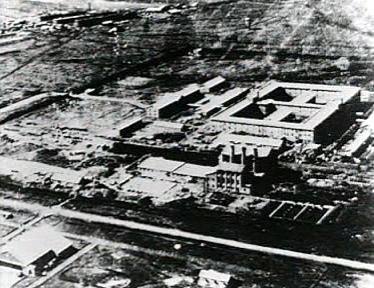
Its location is in Pingfang (Harbin district), today part of Northeast China. It all began as a department in the Imperial Japanese Army known as the “Epidemic Prevention and Water Purification Department”.
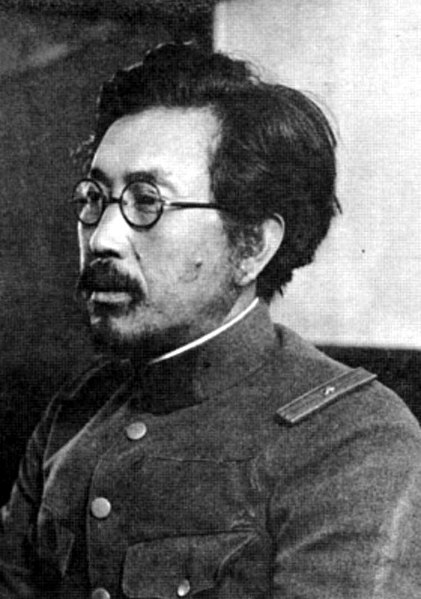
The surgeon know by his name Shirō Ishii, was placed as a commander of this research laboratory in 1932. What Shirō did was to prepare a covert research group named Tōgō Unit. This assemblage was to conduct various experiments on human subjects, both chemical and biological.
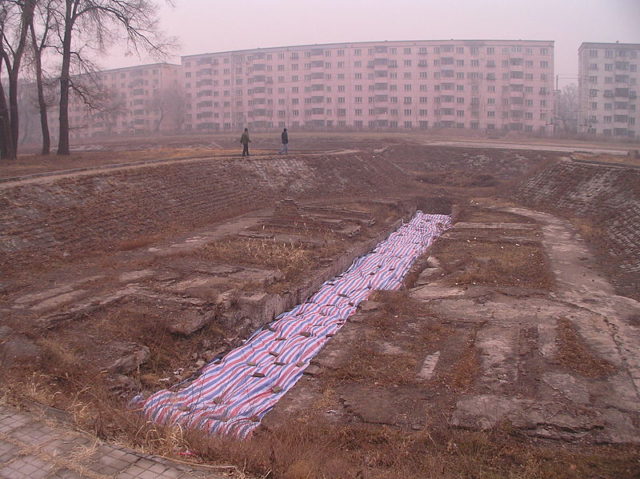
The biggest backing that Ishii received came from Chikahiko Koizumi, a colonel in the army and during World War 2, Health Minister of Japan.
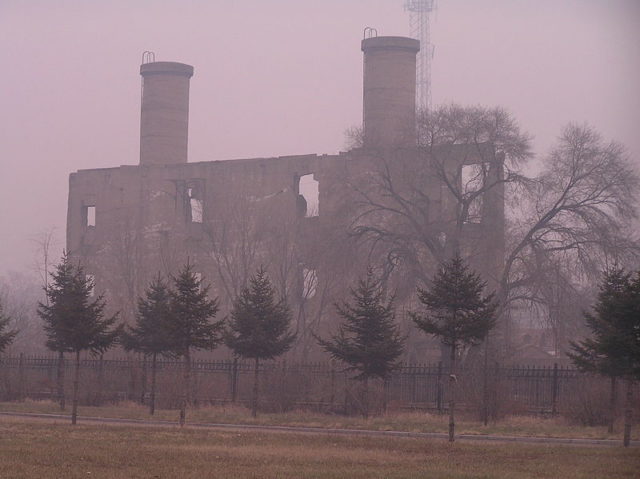
Koizumi himself had previously been part of a different research group that investigated the consequences of poison gas during World War 1. These people together with their crew were situated in the Zhongma Fortress, a prison-like camp 62 miles south of Harbin.
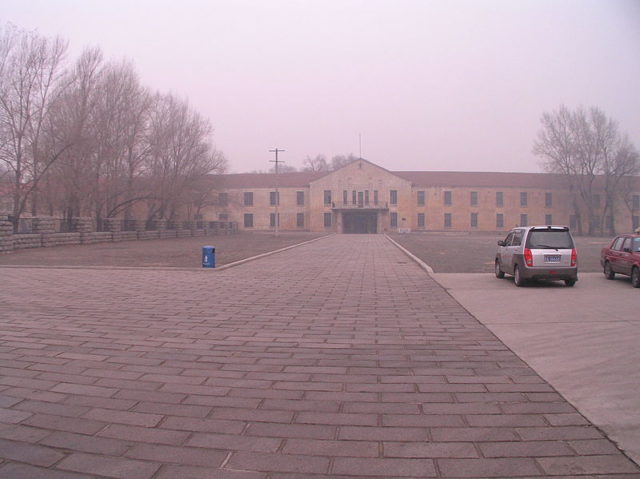
After an attack upon the fortress, the researchers were moved to Pingfang. And this is where Unit 731 was born. It was here that project Maruta, the one that used human beings as their primary research specimen, was implemented.
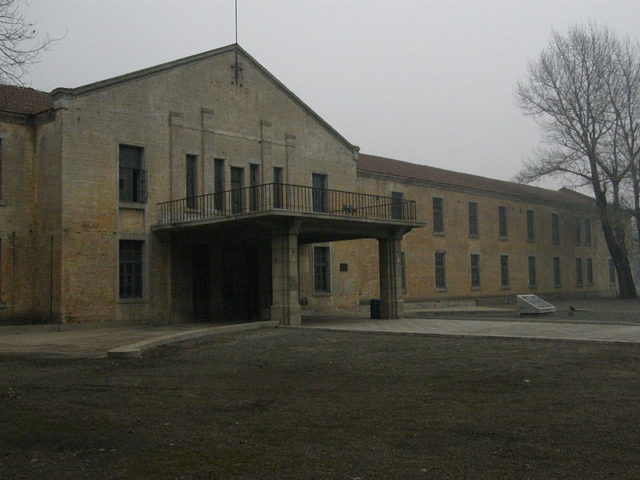
To hide the truth if their activities, the facility was disguised as a lumber mill. Staff hence came to refer to their subjects (read live human beings) as “logs”. The logs they experimented on are said to have been criminals and all sorts of vandals, people against the politics of Japan, prisoners of war, and people arrested for exhibiting “suspicious activities” or anti-Japanese sentiment.
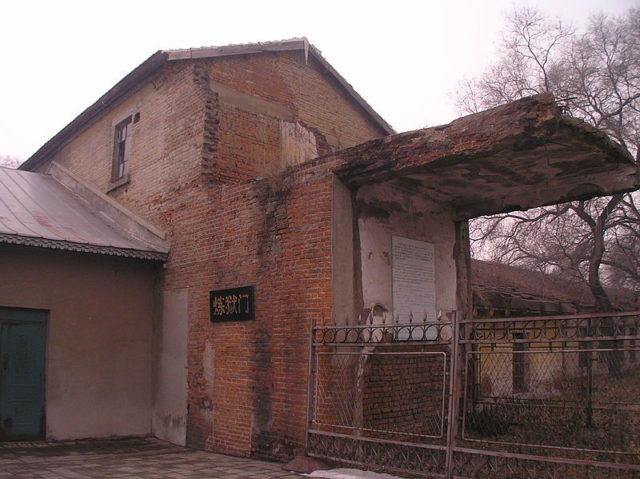
They pregnant women, a number of infants, children and aged folks. Inside Unit 731 there were around 300 researchers, doctors, bacteriologists and many different contractors. The experiments also included a huge number of vivisections with no anesthesia, which invariably ended with the death of the subject.
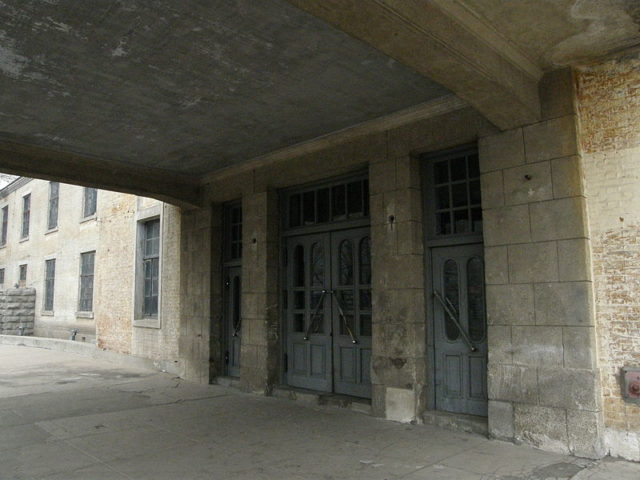
The rest of the details of their work is too gruesome to write about but let’s just say the there were no limits to what they were allowed to do.
The facility itself spread across 2.3 square miles, and inside this area there were more than 100 buildings. Given the fact that this is military installation the buildings were designed to withstand a bombing.
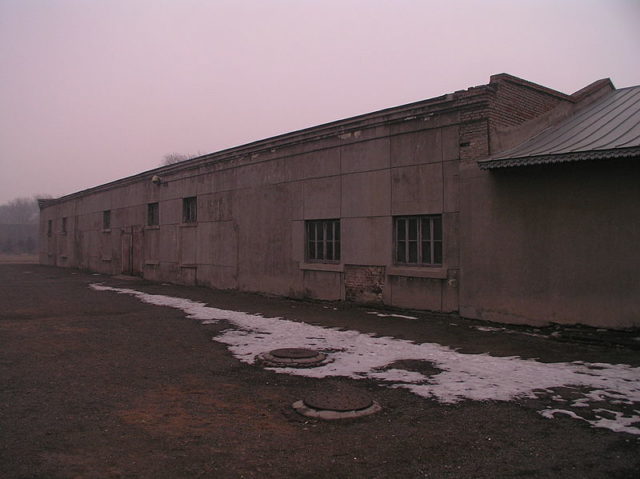
Also found on site was a huge number of containers where millions of insects of the order Siphonaptera (fleas) were nourished. Next, there were almost 2,000 containers filled with a biological agent.
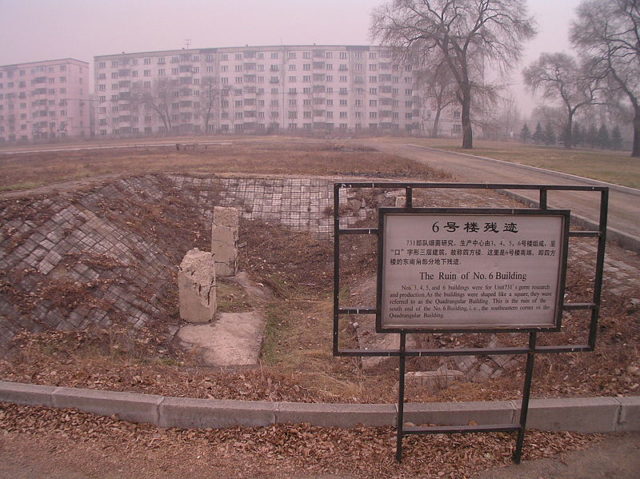
As the end of the World War two was nearing, the Red Army was getting closer to this unit. This is when the flight instinct kicked in and everyone left in a hurry, leaving behind a number of abandoned buildings and many others burned to the ground to hide the evidence of their evil deeds.
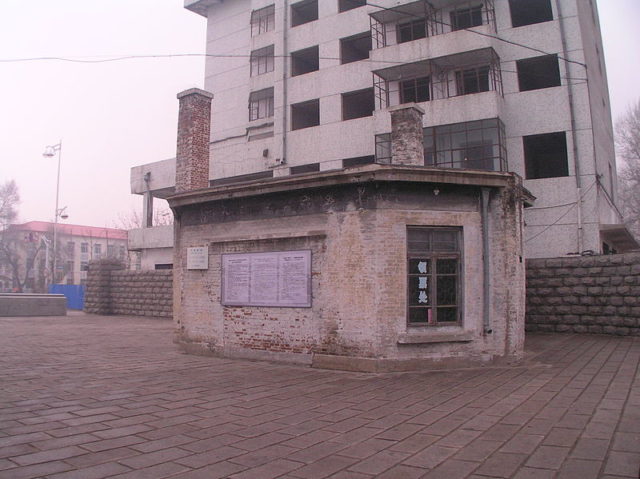
It is said that the none of these people were convicted by the United States. Instead, they were given immunity and all they had to do was to give up all of their research materials, which they did. The main figure Shirō Ishii lived until 1959 and died of a throat cancer in his 67th year.
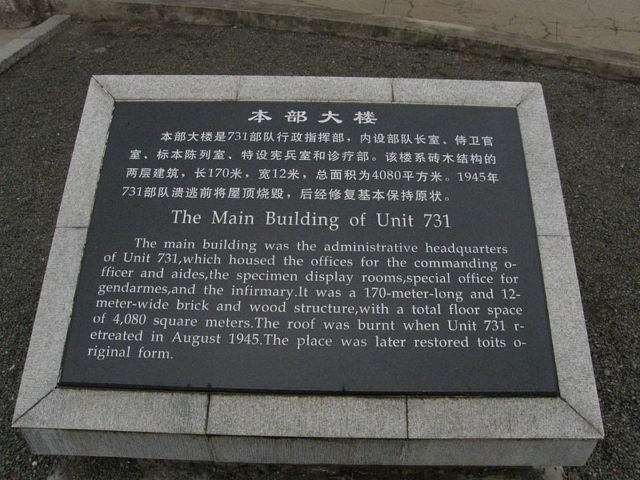
Today, the place is converted into a museum and stands open to the public telling the story of a time when humans lost their humanity.
